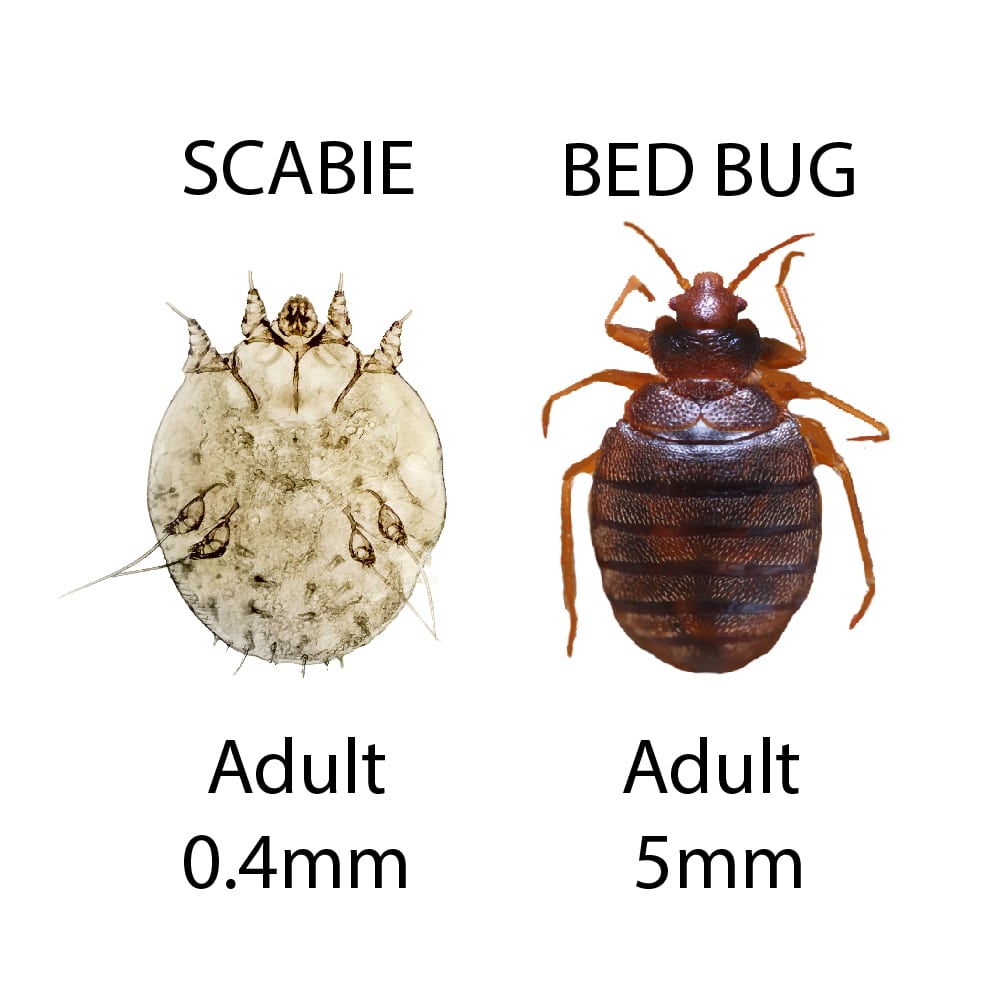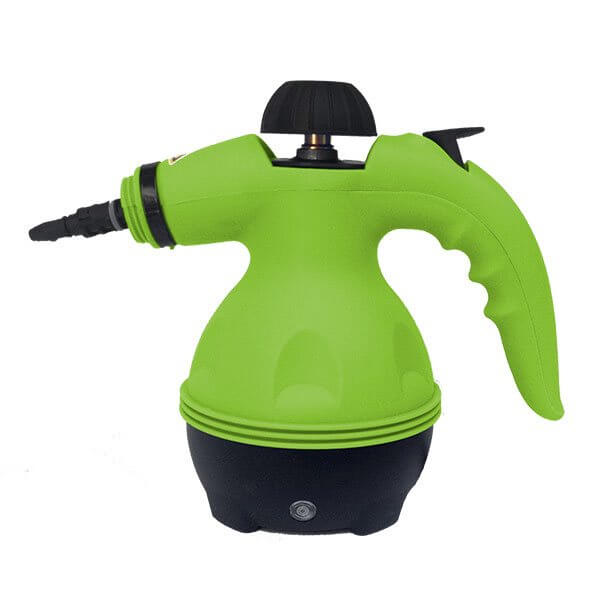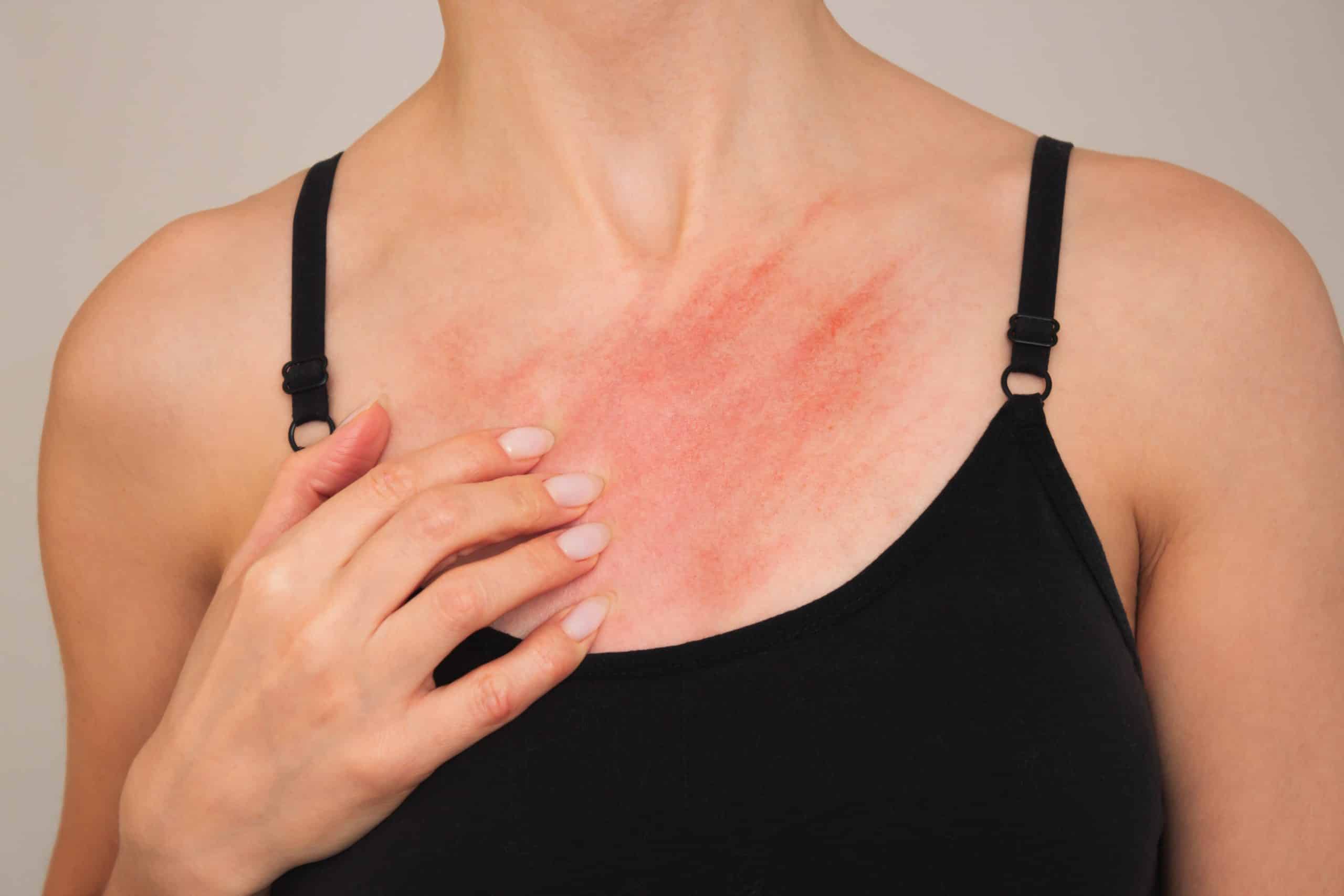
In the article
Last Updated on 05/03/2025 by Tony Abrahams
When itchy red spots appear on your skin, it’s natural to panic. “Is it bed bugs? Or scabies?” Both are unpleasant and cause discomfort, but the way they behave, spread, and need to be treated is completely different.
If you’ve ever felt confused, this guide breaks it all down so you can identify, treat, and prevent these pests for good.
Bed Bugs vs Scabies: The Key Differences
Let’s get straight to the point. Bed bugs and scabies aren’t even in the same league.
Bed bugs are insects that bite and leave itchy marks.
Scabies are microscopic mites that burrow into your skin to lay eggs.
Here’s a simple comparison:
| Feature | Bed Bugs | Scabies |
|---|---|---|
| Size | Visible to the naked eye (about 5-7 mm) | Microscopic, invisible to the eye |
| Location | Lives in furniture, mattresses, cracks | Burrows under the skin |
| Activity | Active at night | Constant irritation, worse at night |
| Reproduction | Lays eggs in hiding spots | Lays eggs under the skin |
Key takeaway: If you’re seeing bugs or finding them in your bed, it’s likely bed bugs.
If you’re only feeling itchy without spotting anything, scabies might be the culprit.
Bed Bugs vs Scabies: Symptoms and How to Identify Them

Bed Bugs vs Scabies
Waking up itchy? Scratching your arms, legs, or hands? Knowing what’s causing the itch is crucial to dealing with it.
Symptoms of Bed Bugs
- Bite Marks: Small red welts, usually grouped in lines or clusters.
- Common Areas: Found on exposed skin—arms, legs, neck, face, and back.
- Timing: Bites may not show up immediately; sometimes, they appear after a day or two.
- Clues in Your Room: Look for tiny black spots (faecal matter), eggs, or shed skins in your mattress seams, bed frames, or furniture.
Symptoms of Scabies
- Itching: Extremely intense and worse at night.
- Rash: Small red bumps, sometimes in a zigzag or line pattern.
- Burrow Tracks: Fine, raised lines on the skin where mites have burrowed.
- Common Areas: Fingers, wrists, elbows, armpits, waistline, and other skin folds.
Pro Tip: If you’re unsure, consult a doctor for scabies.
Bed Bugs vs Scabies: How They Spread
One of the biggest worries is how these pests spread and whether you can pass them to others.
How Bed Bugs Spread
Bed bugs are travellers.
They don’t jump or fly, but they’re great hitchhikers.
- How They Travel: They cling to luggage, furniture, or clothing.
- Where They Spread: Hotels, second-hand furniture, and even public transportation are common sources.
- Person-to-Person Contact: Bed bugs don’t spread through direct contact—they only infest environments.
How Scabies Spreads
Scabies mites are highly contagious.
- Direct Contact: Prolonged skin-to-skin contact is the main way scabies spreads.
- Shared Items: Towels, bedding, and clothes can also transfer mites.
- Speed: Symptoms may take weeks to appear, but once diagnosed, close contacts should be treated.
Remember: While bed bugs infest your home, scabies spreads from one person to another.
Bed Bugs vs Scabies: Treatments

Kill Bed Bugs & Scabies with Steam
Once you’ve identified the pest, it’s time to act. Treatment depends entirely on whether you’re dealing with bed bugs or scabies.
Treating Bed Bugs
Bed bugs require environmental treatment, not just treating your skin.
Here’s what works:
- Isolation Method: Use our Bed Bug Barrier Isolation System to instantly stop bites and create a long-term solution.
- Steam Cleaning: High-temperature steam kills bed bugs on contact.
- Diatomaceous Earth Powder (DE): Sprinkle DE around bed frames, cracks, and furniture. This powder kills bugs over time as they cross it.
- Mattress Covers: Seal your mattress with protective bedbug covers to trap bugs inside.
With DIY solutions like ours, you can avoid expensive pest control services and solve the problem yourself.
Treating Scabies
Scabies requires a medical solution, and fast.
- Prescription Creams: Permethrin or other doctor-prescribed creams kill mites and eggs.
- Oral Medications: Sometimes, oral ivermectin is prescribed for severe cases.
- Treat Close Contacts: Anyone who’s been in close contact should be treated, even if they don’t show symptoms.
- Sanitise Everything: Wash clothes, towels, and bedding in hot water and dry on high heat to kill any mites.
Important: Don’t skip a doctor visit if you suspect scabies. Home remedies aren’t enough to get rid of it.
Bed Bugs vs Scabies: Prevention Tips

Scabies Rash
Prevention is your best defence.
Here’s how you can keep bed bugs and scabies away for good:
Preventing Bed Bugs
- Inspect Everything: Check second-hand furniture, luggage, and bedding before bringing it inside.
- Use Bed Bug Traps: Install traps under bed legs to stop bugs from climbing.
- Isolate the Bed: Keep your bed at least 30cm away from walls or other furniture.
- Use DE Powder: Dust bed frames, furniture edges, and crevices with Bed Bug Killer (Diatomaceous Earth).
Preventing Scabies
- Avoid Contact: Don’t share clothes, bedding, or towels with others.
- Clean Regularly: Wash fabrics in hot water and dry on high heat.
- Check Early: If someone in your household has scabies, treat everyone to prevent reinfestation.
The Bottom Line on Bed Bugs vs Scabies
Here’s the deal:
- Bed bugs are environmental pests that require cleaning and treatment of your space.
- Scabies are a medical issue that needs prescription treatment and careful hygiene.
If you’re dealing with bed bugs, our organic DIY Bed Bug Barrier System is your go-to solution for instant and long-term protection.
For scabies, your GP will help you get the treatment you need.
Both can be managed, and now you know exactly how to take control. Don’t wait—deal with the problem today and get back to living itch-free!
Frequently Asked Questions
- How can you tell the difference between bed bug bites and a scabies rash?
Bed bug bites are typically small, red, itchy welts that appear in clusters or lines on exposed skin areas like the arms, legs, or back. These bites often show up after a night of sleeping and can take a day or two to appear. In contrast, a scabies rash is caused by microscopic mites burrowing under the skin. It results in intense itching, especially at night, along with tiny red bumps or raised lines (burrow tracks), commonly found in skin folds like between the fingers, wrists, or around the waistline. - Are bed bugs or scabies more contagious, and how do they spread?
Scabies is much more contagious than bed bugs. Scabies mites spread through direct, prolonged skin-to-skin contact or by sharing infested items like clothing, towels, or bedding. Bed bugs, on the other hand, don’t spread through physical contact but hitchhike on luggage, furniture, or clothing. They infest environments rather than people, making their spread less direct compared to scabies. - What are the most effective treatments for bed bugs vs scabies?
For bed bugs, treatments focus on cleaning and isolating the affected area. This includes steam cleaning, vacuuming, using Diatomaceous Earth powder, sealing mattresses with protective covers, and setting up bed bug traps. DIY solutions, like the Bed Bug Barrier Isolation System, can provide instant and long-term protection.
For scabies, medical treatment is necessary. This typically involves prescription creams like permethrin to kill the mites and oral medications like ivermectin for severe cases. All close contacts should also be treated to prevent reinfestation, and infested clothing and bedding must be washed in hot water and dried on high heat.
Are You Looking for an Organic DIY Treatment?
Watch Our DIY Treatment Video For An Ensemble Bed
Watch Our DIY Treatment Video For A Bed with Slats
If you have enjoyed our blog, Bed Bugs vs Scabies, then you might like to read about Bed Bugs vs Carpet Beetles.



Leave a Reply